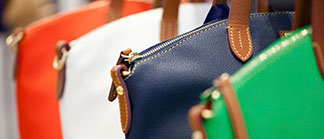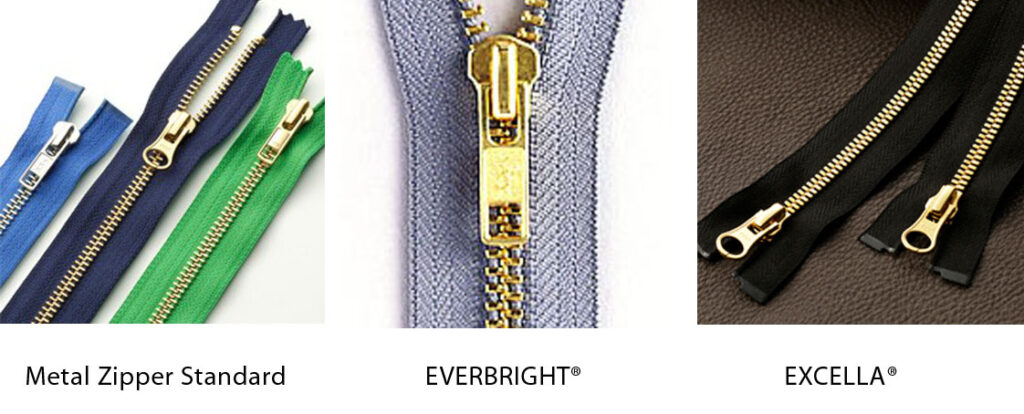 When you say “handbag” there can be many different interpretations, including backpack, baguette, handbag, cross body bag, tote bag, clutch bag and bucket bag, and in some instances, handbags are referred to as a purse or shoulder bag. The history of bags and purses goes back to the earliest stages of civilization when both men and women used bags for carrying money and other personal items. The term man purse is not anything new. Things took a turn towards the end of the 16th century when pockets in trousers were introduced and men started putting things in their pockets instead of in bags, and men’s use of bags slowly disappeared. On the other hand, women’s bags continued to evolve as art and fashion movements have come and gone, and as well as the different styles and designs of bags have changed. Today there is a variety of practical needs for a handbag which have resulted in all sorts of bags for specific purposes, and the handbag has now developed into a fashion accessory item changing with every season.
When you say “handbag” there can be many different interpretations, including backpack, baguette, handbag, cross body bag, tote bag, clutch bag and bucket bag, and in some instances, handbags are referred to as a purse or shoulder bag. The history of bags and purses goes back to the earliest stages of civilization when both men and women used bags for carrying money and other personal items. The term man purse is not anything new. Things took a turn towards the end of the 16th century when pockets in trousers were introduced and men started putting things in their pockets instead of in bags, and men’s use of bags slowly disappeared. On the other hand, women’s bags continued to evolve as art and fashion movements have come and gone, and as well as the different styles and designs of bags have changed. Today there is a variety of practical needs for a handbag which have resulted in all sorts of bags for specific purposes, and the handbag has now developed into a fashion accessory item changing with every season.
Just Fab has a great visual bag dictionary posted on their website which displays several different types of handbags in the article, “Lessons on Handbags: A Visual Glossary.” Like most retail industries, handbags, luggage and accessories for clothing follow trends and sometimes the trend calls for shinny golden zippers. At other times, it may call for dull antique finishes, and sometimes it’s not the trend, but the special needs of a customer that are important. Handbags have developed into sophisticated fashion items which now come in many different shapes and sizes. The materials used include leather, fabric, suede and plastic among others, and the cost can vary anywhere from a few dollars to several thousand dollars. When it comes to closure design, some handbags have zippers, others have an open top, some have drawstrings, and some come with flaps.
A handbag customer purchases zippers for many reasons, including the functionality of a zipper which is used to keep your personal items secure inside of the bag. Zippers also make it easy to open and close a handbag. They also play an important role in the design and style of a bag. When selecting the right zipper to go into your handbags, there are many things to consider. Many luxury handbags, for example, use metal zippers because of their durability. While you may see many plastic/coil zippers used in conventional handbags, it does not mean necessarily that the bags that use these zippers are cheaper. Instead, when a design calls for trim materials to match the color of the leather or lining that it is sewn into, a coil zipper will work better. Another reason to use a coil zipper would be to lighten the weight of a bag.
Metal zippers are one of the most common types of zippers used in handbags. The elements are comprised of metals including golden brass, aluminum, nickel, and manganese. YKK’s metal zippers come in a variety of finishes. Many new finishes have been developed and added to YKK’s product line including Lemon Gold and Light Copper. Something to keep in mind when buying a metal zipper is that the brass will oxidize and change color over time. YKK offers a variety of standard metal zippers, which can be used in handbags, as well as other applications that are made with a thick fabric such as leather.
YKK’s EVERBRIGHT® zipper is a very glossy zipper. It will retain its color and shininess over time since it has a high corrosion resistance compared to regular metal zippers. Once the chain is made, it goes through special surface treatment processes including chemical polishing, lacquering, and corrosion control and softening. These special surface treatment processes make this zipper’s elements smooth to the touch.
YKK’s EXCELLA® zipper is the Mercedes/Lexus of metal zippers. Its elements are individually polished and plated before being attached to the zipper tape, which creates an extremely smooth surface and luxurious appearance. This zipper has a luxurious, durable feel since its size is greater than that of a standard metal zipper.
There are also several sliders that are unique to zippers used in handbags. A non-locking slider is normally used for handbags because it is much easier to open the zipper with a non-locking slider. A D-ring pull non-locking slider is also commonly used for handbags. YKK’s DFD12F slider has an inside diameter of 12mm, and a customer can customize it by attaching leather pullers onto the D-ring. A non-locking slider with no tab can also be used in handbags.
YKK’s DFNT2 non-locking slider with no tab is available in an open crown. With an open crown slider, a customer can insert their own puller and close the crown afterwards, but care must be taken not to damage the slider body. We do not recommend using YKK’s DFNT2 slider in enamel because the enamel may crack when the crown is closed. With YKK’s DFNT3 slider, both ends of the crown are completely closed with no gap between the crown and the body. YKK also offers the ZF slider, which is similar to the DFNT slider, except the crown comes with a spring so customers can easily snap in their puller with ease.
YKK makes a DLW short pull non-locking slider with locking heads. This type of slider is also commonly used in handbags with coil zippers, and when the two sliders are used in a head-to-head configuration, the slider head will lock/dock together and can be securely locked with a mini padlock.
YKK’s DFK-A1 slider and DFK-B1 slider can also be used in handbags. These two sliders are similar to the DLW, but with these sliders you do not lock the slider bodies together. Instead, the pullers come with an inter coupling lock so that you can snap the A1 puller together with the B1 puller, and you can lock the pullers with a key. As you can see, there are many things to consider when selecting the right zipper to go into your handbag including the type of slider to use.


